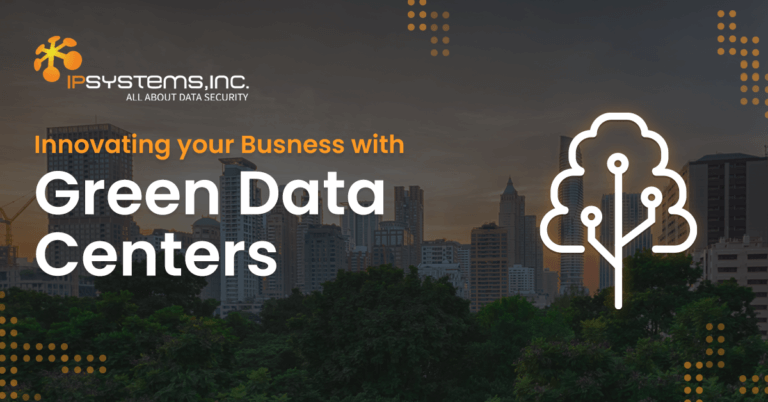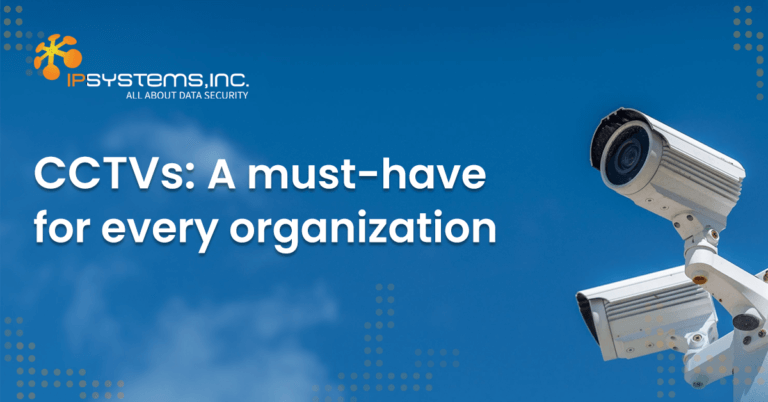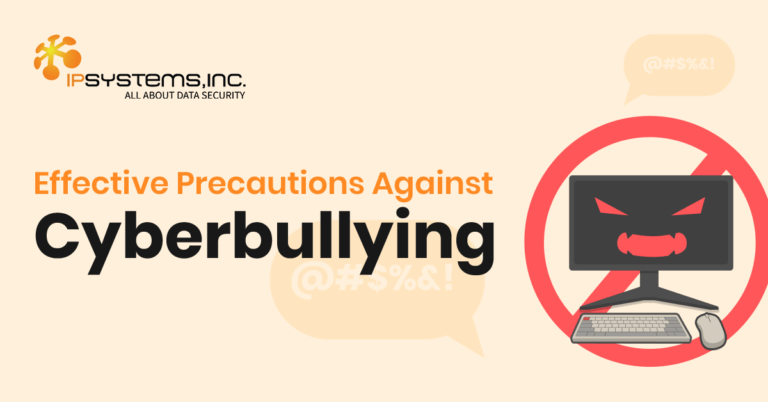
Innovating your Business with Green Data Centers
Blog: Innovating your Business with Green Data Centers Data centers are centralized facilities equipped with essential hardware like servers, storage devices, and networking equipment.
“Lean and mean” appears to be the unending chorus of modern businesses. In a bid to be nimble, businesses now need the help of experts to maintain their operations and ensure that their data security is in place.
One of the areas that your company can fully leverage the help of experts is in cybersecurity. It’s a critical part of your daily transactions, and it’s essential to have a reliable team to resolve cybersecurity challenges immediately – and mostly it’s done thru remote access and support. Experts have also made it clear that constant monitoring and resolution of potential technical issues not only saves on cost but also maintains your credibility to your customers.
A business that’s vulnerable to cyberattacks will do well when partnered with a remote access and support solutions provider. However, it’s also vital to understand why having these services is important for your organization’s success.
Here are six benefits of using a remote access and support solution.
Professional remote support solutions usually provide additional security for network access. There are many advantages of improving security in your networks and devices. Whether big or small, your operations would be better off fending security breaches from network endpoints. Did you know there are remote services that offer free remote access and support trial for your enterprise?
It took a crisis the magnitude of COVID to highlight many of the possibilities of remote working. However, a significant element of successful remote working is that every employee needs to access applications, data, and systems no matter their location or endpoint. It’s the only way they can be effective at their job.
A Bring-Your-Own-Device (BYOD) policy allows the use of personal devices for corporate purposes. Some companies will allow their staff to use official tools and hardware away from the office. These two scenarios effectively multiply the range of devices and operating systems in use. It would be best if you had a decent way to handle app compatibility and support issues.
Remote access solutions such as TeamViewer allow employees to access apps and work desktops from any device. IT solutions such as SaaS should be as broadly compatible with operating systems as possible. The same rule-of-thumb applies to browsers. If a solution is challenging for employees to implement, it will impact productivity, and that’s where remote access and support shines.
Some big companies are ending their remote work programs to promote collaboration. However, there are telling productivity issues as workers try to readjust to working from a physical office.
A remote access and support solution can help mitigate any concerns about remote working. All it takes is the right set of remote access tools, such as messaging tools, zero- lag video conferencing solutions, screen-sharing, file-sharing, and collaborative document editing.
The key to making this work is to choose tools that cater to multiple operating systems and have the features your workers need. The sky might not be enough of a limit if you have the right tools to help your teams collaborate.
Cybersecurity is a common concern for modern businesses. Data breaches, phishing, spear-phishing, and ransomware attacks are happening at an alarming rate. It’s advisable to expect them to be around for a long time. The potential for breach increases as IT and security teams control fewer applications and device endpoints. That’s the reason why remote access technology solutions need to ship with comprehensive security features.
Remote access and support need to directly access the growing cyber risk in today’s business landscape. Solutions providers should have security baked into their offerings and be eager to offer features that improve customer service and customer experiences.
The evolution of data security should be enough cause for your organization to embrace solutions that ensure they meet compliance targets. It is imperative when “remote” becomes the base culture of your company.
We need to be clear that security and compliance are the two ends of a fragile spectrum. Both are critical, and taking either one for granted will have dire implications for any enterprise. One way to bridge the gap between security and compliance is to leverage emerging tech. Many are available as “as a service” solutions. SaaS readily comes to mind. Such solutions aim for both the technical challenges and the low talent supply that many organizations are suffering.
For employees to be effective, they need easy access to data and technology tools. Yet, the company needs to retain control over customer data and corporate intellectual property (IP). As more employee, location, application, and endpoint variables join the mix; there should be a reliable way to access those systems, controlling and revoking access as is necessary.
Remote access solutions and web-based applications that ensure comprehensive user levels and permissions are an excellent option. Also, grant each employee adequate security for their role.
Revoking access shouldn’t necessarily involve interacting with the specific endpoint hosting the solution. It’s the kind of solution suitable for contractors and employees.
New solutions providers should have access and control of the account and not the concerned employee. This approach works well if you have to retain control over systems even as your employee base grows.
Engaging remote access support and support solutions can work wonders for a company's net revenue. Remote support minimizes your outlay on IT infrastructure or keeps staff on- site.
Rent is minimal if any, and there'll be no need for insurance for extra on-site tech support. Further investment will happen as an organization's needs grow. Until then, it's advisable to opt for scalable remote support.
Remote access software allows technicians in a distant location to access customer devices or networks at any time. Besides English, they’re often available in languages such as French. German, and Spanish.
With remote access and support, companies have a cost-effective way to access a significant IT resource. It's an excellent alternative to on-site technical services. By default, emerging organizations worldwide are using remote IT support to keep their enterprise running nicely.



Blog: Innovating your Business with Green Data Centers Data centers are centralized facilities equipped with essential hardware like servers, storage devices, and networking equipment.

Blog: CCTVs: A must-have for every organization Nearly every business and organization, regardless of size, has already implemented CCTV Services within their premises because

Blog: Combating Bullying in Digital Classrooms: Empowering Students for a Safer Learning Environment Bullying is a pervasive issue that inflicts emotional, psychological, and physical

Established in 2007, IPSYSTEMS, Inc. is a trusted and valued cybersecurity and IT distributor in the Philippines. It has solutions specifically focused on IT Infrastructure Security, Secure Remote Access and Monitoring, and Email and Data Security.